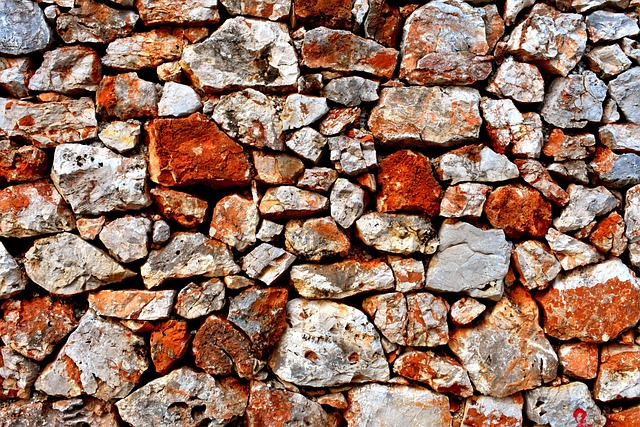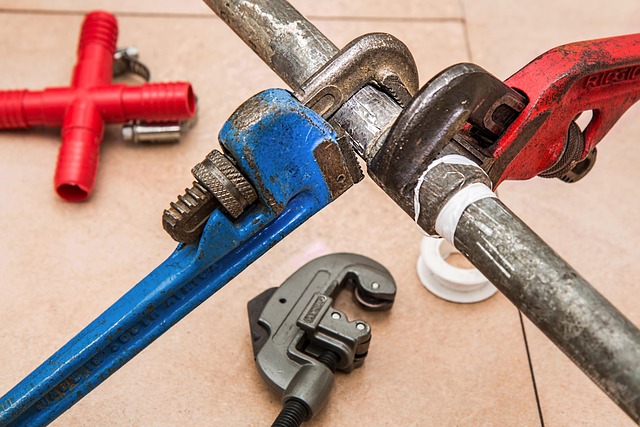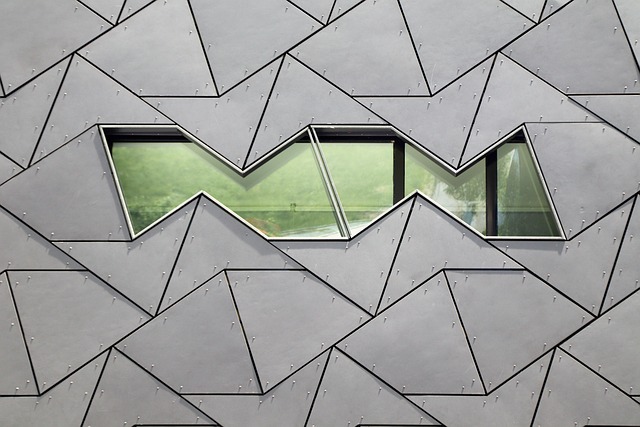Structural cracks in stem walls can result from differential settlement, aging rebar, extreme temperatures, or humidity. Effective repair requires tailored approaches based on these causes, ranging from simple injection molding for minor cracks to complex methods like section replacement for severe damage. Preparation involves assessing crack types, cleaning the area, and ensuring proper drainage. Key steps include inspection, preparation, reinforcement (e.g., epoxy injections, fiber-reinforced composites), and regular monitoring. High-quality materials and advanced techniques safeguard against environmental factors. Regular maintenance checks detect potential issues early, ensuring long-term stability and structural integrity.
Structural cracks in stem walls can compromise a structure’s integrity, making prompt action crucial. This comprehensive guide delves into the heart of stem wall reinforcement, addressing common causes like settlement, moisture intrusion, and seismic activity. We’ll walk you through assessing damage, selecting the best repair method for your needs, preparing for reinforcement, and ensuring long-lasting strength. With expert tips on final checks and maintenance, learn how to effectively tackle stem wall repairs.
Understanding Structural Crack Causes

Structural cracks can arise from various factors, each requiring a tailored approach for effective reinforcement. One common cause is differential settlement, where uneven soil compression leads to cracks in load-bearing walls or structures. This often occurs due to changes in moisture content, earth movements, or poor initial construction practices. Another significant contributor is structural aging and wear, particularly in older buildings. Over time, steel reinforcing bars (rebar) can corrode, causing the concrete to weaken and crack. Environmental conditions play a crucial role too; extreme temperatures and humidity can expand and contract materials, leading to stress fractures. Identifying these root causes is essential for implementing appropriate stem wall repair solutions.
For instance, if differential settlement is the culprit, addressing underlying soil issues or enhancing foundation support might be necessary alongside crack reinforcement techniques. In contrast, when structural aging is to blame, reinforcing with high-strength steel bars and using advanced sealing compounds can help restore integrity to the affected areas. Each case demands a comprehensive evaluation to determine the best course of action, ensuring long-lasting crack prevention and structure stability.
Assessing Stem Wall Damage

Assessing stem wall damage is a crucial step in any structural crack reinforcement project. These walls, often serving as the foundation and support for a structure, can sustain significant stress and cracks over time. To begin the repair process effectively, inspect the wall for various types of damage. Look for vertical or horizontal cracks, bulges, or signs of displacement, which could indicate weakening of the structural integrity. Measuring and documenting these defects is essential as it helps determine the extent of repair needed, from minor repairs to complete stem wall replacement.
During the assessment, consider the wall’s location and surrounding conditions. Factors like soil stability, nearby structures, and weather patterns can influence the severity of damage. For example, areas prone to seismic activity or heavy rainfall may require more intricate reinforcement methods. Understanding these factors ensures that the chosen repair techniques align with the specific needs of the stem wall, guaranteeing long-lasting stability and safety.
Choosing the Right Repair Method

Choosing the right repair method is essential for successful structural crack reinforcement, especially in cases like stem wall repair. The initial step involves assessing the extent and type of damage. Cracks can vary from hairline fissures to large, structural gaps, each requiring a tailored approach. For instance, minor cracks might be suitable for injection molding or carbon fiber wrapping, offering quick and efficient repairs. In contrast, more significant damages may demand traditional methods such as replacing damaged sections or using specialized concrete patching compounds.
Stem wall repair, for example, often requires consideration of the entire structural integrity of the building. It’s crucial to consult with structural engineers who can guide on whether to reinforce existing walls or replace them entirely. Modern techniques like pre-stressed concrete and fiber-reinforced polymers offer durable solutions, enhancing the wall’s strength without compromising aesthetics.
Preparing for Stem Wall Reinforcement

Preparing for stem wall reinforcement is a crucial step in ensuring the structural integrity and longevity of any building. Before beginning any repair work, it’s essential to assess the extent of damage, identify the type of cracks, and determine the appropriate reinforcement method. This involves carefully examining the existing structure to understand the crack patterns and their potential causes, such as settlement, differential movement, or load excessive forces.
For stem wall repair, preparation includes cleaning the cracked area to remove debris and loose concrete, ensuring proper drainage to mitigate moisture issues that can compromise new repairs, and creating a clean, level surface for applying reinforcement materials. Proper planning and pre-work are vital to guarantee successful reinforcement, minimizing future cracks, and enhancing the overall stability of the building’s foundation.
Step-by-Step Repair Process

When addressing structural crack reinforcement, particularly in stem wall repair, a systematic approach is essential for ensuring stability and longevity. The process begins with a thorough inspection to identify the extent and type of damage. This involves assessing both visible cracks and potential hidden issues using specialized tools. Once the scope of work is determined, the area is prepared by clearing away debris and applying necessary primers or sealants to create a clean surface for repairs.
Next, the crack is cleaned and widened slightly using appropriate tools to accommodate an effective reinforcement method, often involving the use of epoxy injections or fiber-reinforced composites. After filling, the crack is sealed and smoothed, ensuring seamless integration with the existing structure. Finally, regular monitoring and maintenance are crucial to prevent future cracks from forming, guaranteeing the safety and integrity of the stem wall.
Ensuring Long-Lasting Strength

Ensuring long-lasting strength is paramount when it comes to structural crack reinforcement, especially in critical areas like stem wall repair. This involves using high-quality materials and techniques that can withstand environmental factors such as extreme temperatures, moisture, and wind loads. Advanced methods include applying fibre-reinforced composites or injecting epoxy into the cracks, which not only strengthen but also seal the affected areas, preventing further damage.
Regular maintenance checks are crucial to monitor the condition of the reinforcement. By identifying potential issues early on, homeowners or building managers can take prompt action. This proactive approach ensures that any new cracks are addressed before they grow larger, compromising the structural integrity of the stem wall and the entire building.
Final Checks and Maintenance Tips

After reinforcing structural cracks, it’s crucial to conduct final checks to ensure the work was done effectively and safely. This includes visually inspecting the repaired areas for any signs of new or ongoing cracks, as well as testing the integrity of the reinforcement methods used. Regular maintenance is equally important; schedule periodic assessments to check for any crack propagation or damage to the repair work. Promptly addressing any issues will help maintain the stability and longevity of your structure.
When it comes to stem wall repair, specific attention should be given to ensuring the reinforced areas remain secure and intact. This may involve regular cleaning, inspecting for moisture accumulation, and applying appropriate protective coatings to prevent future damage. Remember, proper maintenance not only extends the lifespan of your stem wall but also ensures the overall structural integrity of your property.
